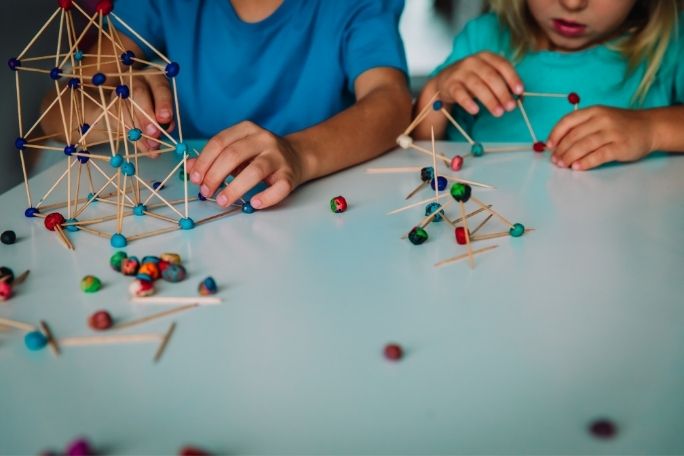Lesson summary
Students explore examples of innovative STEM projects that solve real-world problems. The students are then challenged to take part in problem-solving via a STEM design challenge. Using a shared example, the students work on developing innovative solutions to the problem — or they can explore a local issue or problem that can be solved using STEM. The students then design and build a prototype of their solution.
Learning intentions:
Students will...
- identify solutions to real-world problems
- understand problem-solving processes
- prototype design solutions.
Success criteria:
Students can...
- engage in real-world problems
- maintain a solutions focus
- work collaboratively
- make adjustments and develop flexibility
- reflect on their learning over time.
Lesson guides and printables
21st Century Skills
This lesson is designed to build students’ competencies in the following skills:
- creativity
- global citizenship
- problem solving.
Curriculum Mapping
Australian curriculum content descriptions (v9):
Years 5 & 6 Design and Technologies:
- explain how people in design and technologies occupations consider competing factors including sustainability in the design of products, services and environments (AC9TDE6K01)
- investigate needs or opportunities for designing, and the materials, components, tools, equipment and processes needed to create designed solutions (AC9TDE6P01)
- generate, iterate and communicate design ideas, decisions and processes using technical terms and graphical representation techniques, including using digital tools (AC9TDE6P02)
Year 5 HASS:
- the management of Australian environments, including managing severe weather events such as bushfires, floods, droughts or cyclones, and their consequences (AC9HS5K05)
- propose actions or responses to issues or challenges and use criteria to assess the possible effects (AC9HS5S06)
Year 6 HASS:
- propose actions or responses to issues or challenges and use criteria to assess the possible effects (AC9HS6S06)
Syllabus outcomes: ST3-14BE, ST3-15I, ST3-16P, ST3-13MW, ST3-5WT, GE3-2, GE3-4
General capabilities: Critical and creative thinking, Personal and social capability
Cross-curriculum priority: Sustainability
Relevant parts of Year 5 and 6 Design & Technologies achievement standards:
Students explain how people design products, services and environments to meet the needs of communities, including sustainability. They select and justify design ideas and solutions against design criteria. Students share and communicate ideas or content to an audience using technical terms, graphical representation techniques and appropriate digital tools. They develop project plans, including production processes, and select technologies and techniques to safely produce designed or digital solutions.
Relevant parts of Year 5 HASS achievement standards:
Students suggest conclusions based on evidence and consider criteria in proposing actions or responses.
Relevant parts of Year 6 HASS achievement standards:
Students propose actions or responses and use criteria to assess the possible effects.
Time required: 130 mins.
Level of teacher scaffolding: Medium - Teachers will be required to lead discussions at the start of the session. As the session progresses the students take the lead and the teaching role extends to a facilitator to give limited guidance to the students in the STEM prototype planning and building.
Resources Required
- device capable of presenting online videos to the class
- materials for prototype building – cardboard, tape, glue and various recycled items
- Student Worksheets – one copy per student.
Additional Info
This is an original Cool+ lesson.


Welcome back!
Don't have an account yet?
Log in with:
By signing up to Cool.org you consent and agree to Cool's privacy policy to
store, manage and process your personal information. To read more, please see
our privacy policy here(Opens in new tab).
Create your free Cool.org account.
Many of our resources are free, with an option to upgrade to Cool+ for premium content.
Already have an account?
Sign up with:
By signing up to Cool.org you consent and agree to Cool's privacy policy to
store, manage and process your personal information. To read more, please see
our privacy policy here(Opens in new tab).